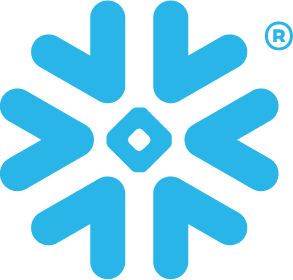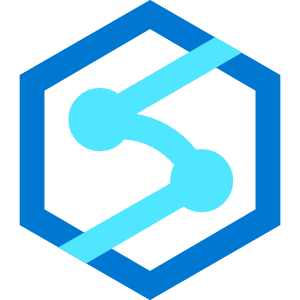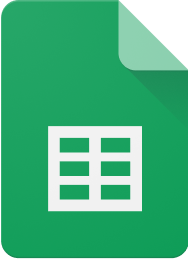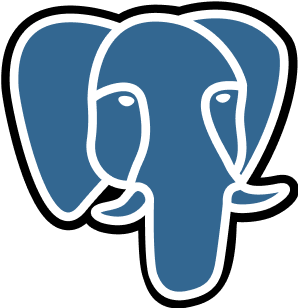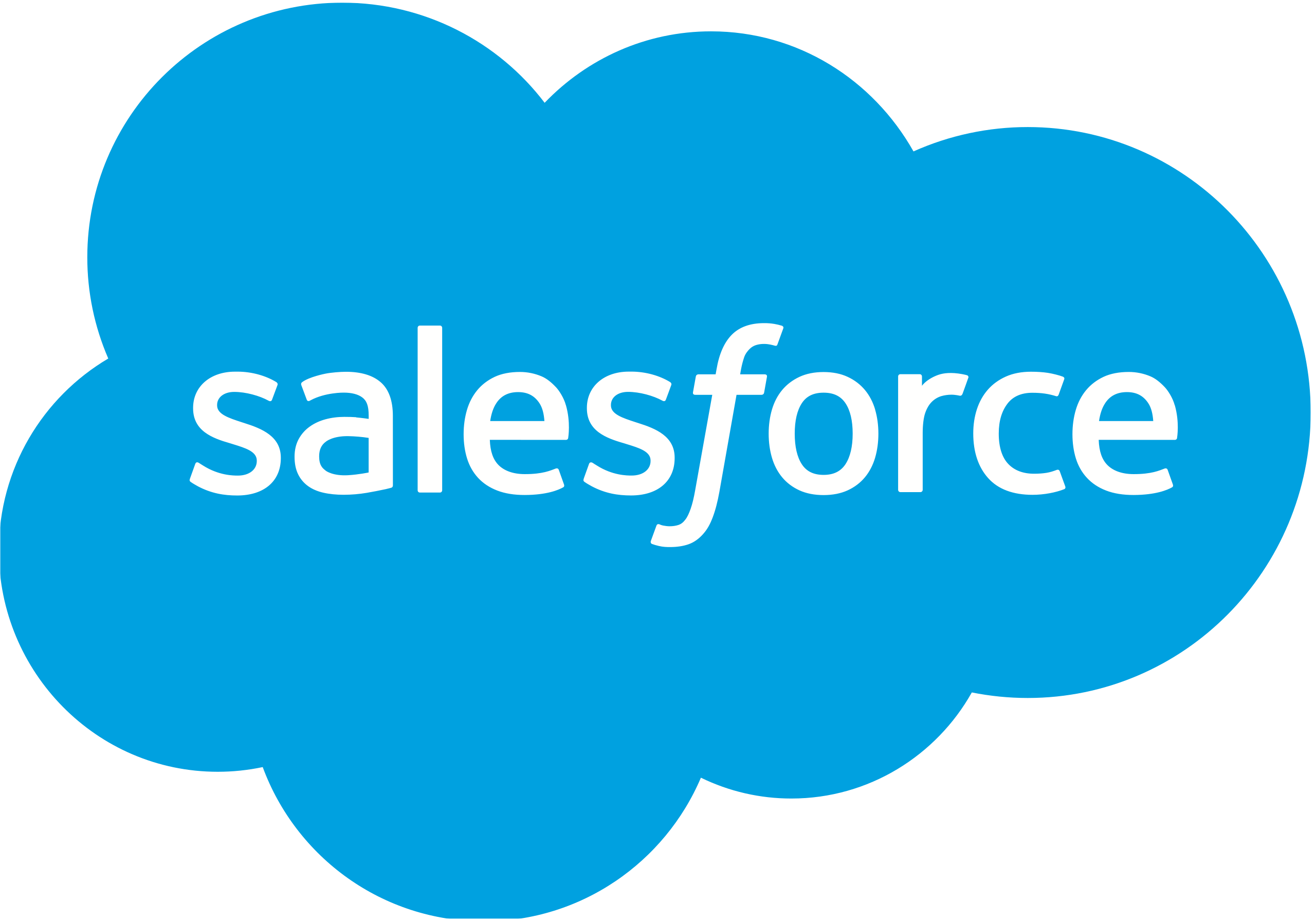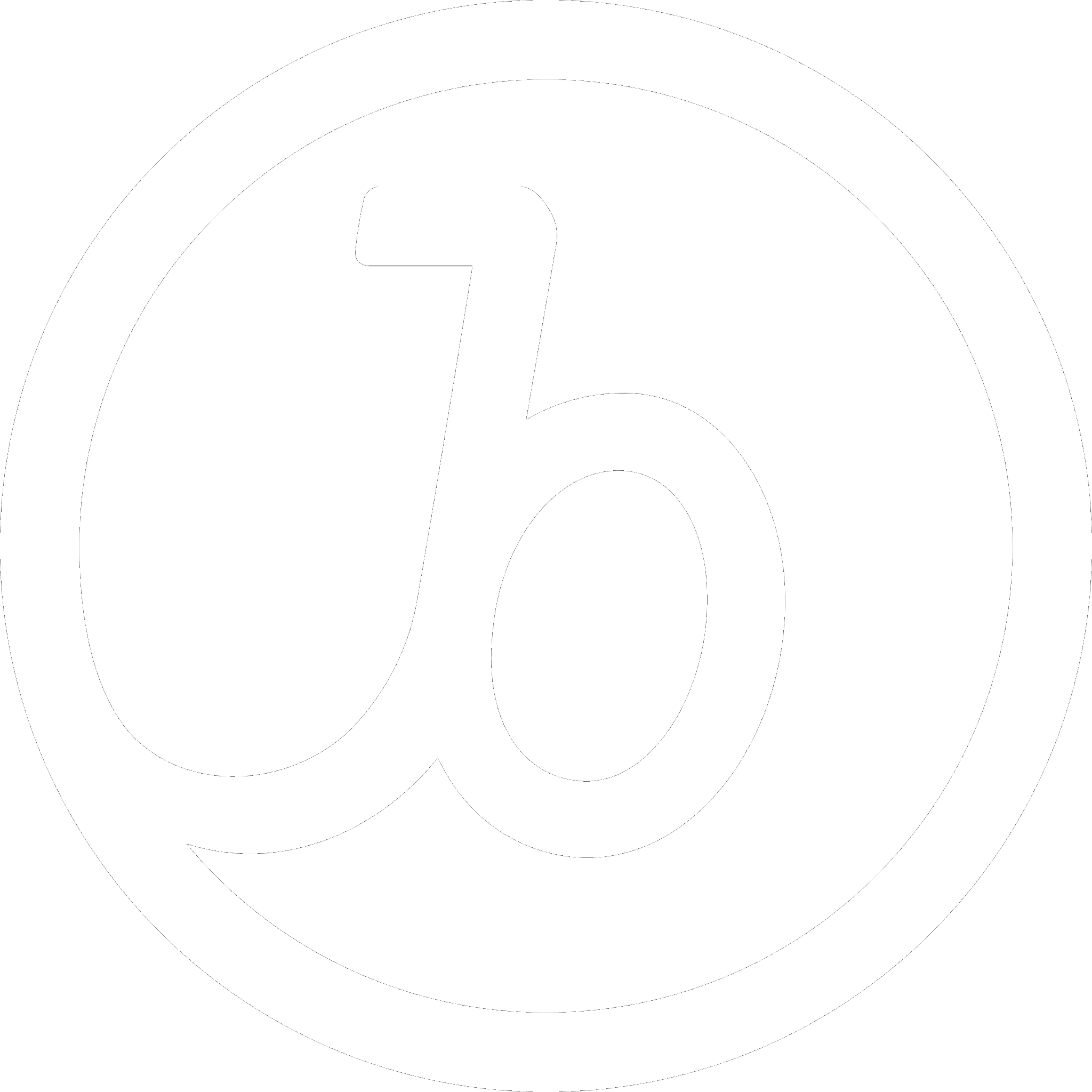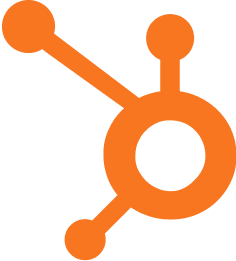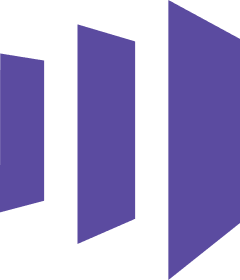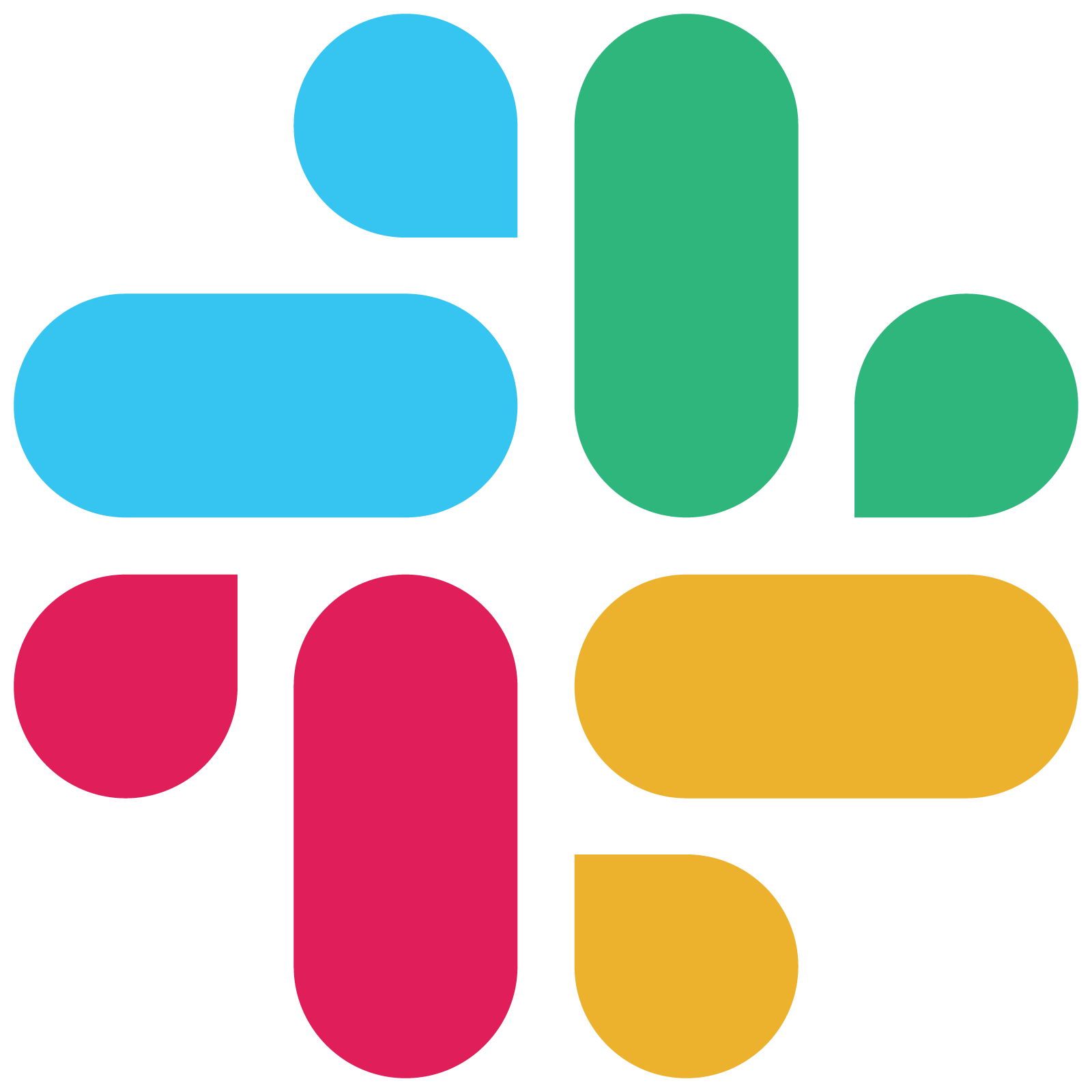Product-Led Growth (PLG): Driving Revenue with Your Product
-2.png)
Published on: October 01, 2024
Product-Led Growth (PLG) is a business strategy that places the product at the center of the customer acquisition, retention, and expansion process. This approach leverages the product itself as the primary driver of growth, rather than traditional sales and marketing efforts. 🚀
Understanding Product-Led Growth
In a PLG model, the product serves as the main vehicle for attracting, converting, and retaining customers. This strategy relies on creating a product that delivers immediate value, encouraging users to adopt, use, and ultimately, become paying customers. To learn more about how to align your sales and marketing with a product-led approach, visit product-market fit.
Key Characteristics of PLG:
- Self-service onboarding: Users can easily sign up and start using the product without extensive sales interactions.
- Freemium or free trial models: Offering a free version or trial period allows users to experience the product's value firsthand.
- User-centric design: The product is intuitive and solves real user problems effectively.
- Viral loops: Built-in features that encourage users to invite others, naturally expanding the user base.
- Data-driven improvements: Continuous product enhancements based on user behavior and feedback.
The PLG Flywheel
The PLG strategy operates on a flywheel model, where each stage reinforces the others:
| Stage | Description |
|---|---|
| Acquisition | Users discover and try the product with minimal friction |
| Activation | Users experience the product's core value quickly |
| Retention | Users continue to find value and engage with the product |
| Expansion | Users upgrade or purchase additional features |
| Referral | Satisfied users recommend the product to others |
Benefits of Product-Led Growth
Implementing a PLG strategy can offer numerous advantages:
- Lower customer acquisition costs (CAC) 💰
- Faster sales cycles ⏱️
- Improved customer retention and loyalty 🤝
- Scalable growth model 📈
- Data-rich insights into user behavior 📊
Challenges in Implementing PLG
While PLG can be highly effective, it's not without its challenges:
- Requires a high-quality, user-friendly product
- May need significant upfront investment in product development
- Can be difficult to monetize free users
- Balancing product features between free and paid tiers
Measuring PLG Success
To gauge the effectiveness of a PLG strategy, companies often track these key metrics:
- Time to Value (TTV)
- Product Qualified Leads (PQLs)
- Activation Rate
- Net Revenue Retention (NRR)
- Expansion Revenue
Implementing PLG in Your Strategy
To successfully implement PLG, consider the following steps:
- Identify your product's core value proposition
- Design a frictionless user onboarding experience
- Create a pricing model that aligns with user value realization
- Develop features that encourage viral growth
- Establish a system for collecting and analyzing user data
- Continuously iterate and improve based on user feedback and behavior
As you consider implementing Product-Led Growth in your organization, ask yourself these questions:
- How can we make our product more self-serve and user-friendly?
- What key features could we offer in a free tier to showcase our product's value?
- How can we leverage user data to drive product improvements and growth?
- What metrics should we track to measure the success of our PLG strategy?
- How can we align our sales and marketing efforts with a product-led approach?
By answering these questions, you'll be well on your way to developing a robust PLG strategy that can drive sustainable growth for your business. 🚀
